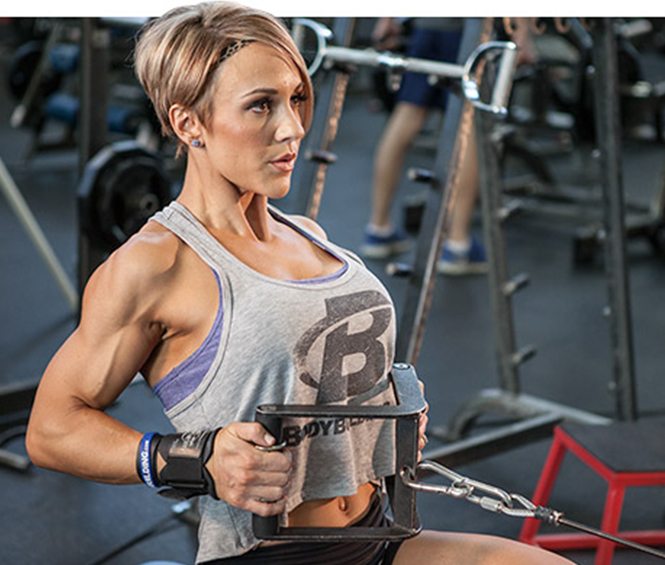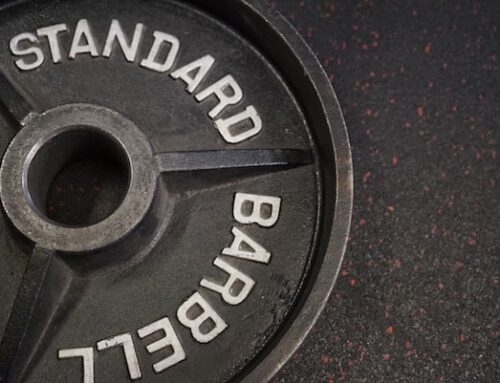When starting a new lifting program, how do you determine the amount of weight to lift?
Let’s say you’re about to grab a barbell and do bent over rows. You stare at the empty, 45 lb barbell and have no idea how much weight to add to the bar for your first set. If you go too heavy, you could get injured. Also, going too heavy at the beginning of a program doesn’t set you up for success with gaining muscle mass in a steady, progressive nature.
In order to have success in your weight training program and avoid plateaus and burn-outs, you need to have a plan and the right starting point.
Most of the time, we hear about the “One-Rep Max” (the maximum amount of weight you can lift or move in one, single rep). If your main goal is to become stronger with a secondary goal of building muscle and sculpting your physique, it’s important to know your One-Rep Max (1RM). If your main goal is building muscle and sculpting your physique with a secondary goal of lifting as much as you possibly can – adjusting the 1RM calculation may work for you.
I don’t believe that the standard 1RM testing is necessary for everyone.
I like to do it a little bit different and determine my 6-Rep Max (6RM).
In my current lifting plan, the lowest amount of reps I perform of any exercise is 6 reps, so it makes more sense to me to determine my 6RM before starting my workouts. And, while I love working on my strength, I am always trying to work on the balance, symmetry and overall look of my physique.
Think of testing your 6RM as your research prior to beginning your new workout program. Do all of your 6RM testing over one week; then, take all of those numbers and begin hitting it hard the following week! You can test your 6RM for any exercises that you’d like, but if you only choose a few, I recommend sticking with your basic compound lifts (squats, deadlifts, shoulder presses, bench press, rows and pull-ups).
The Test
I tested my 6RM using bent over barbell rows. Start by performing the exercise with a fairly light weight for you. For example, if you know you can perform bent over rows with 25 lb plates loaded onto the bar, do the first set with the bar only.
As a warm-up and the start to your test, perform 2 sets of 20 reps with the bar only. If the bar feels heavier than a light warm-up for you, head over to the preset barbell rack in your gym and chose a barbell that feels light to you.
For the third set, add a moderate amount of weight to the bar. I like to use a plus 15-20% rule. If my first two warm-up sets used the bar only (an empty barbell is 45 lbs), 15-20% of that weight is 6.75-9 more lbs. Then, I round up to 10 pounds and add that much more weight to the barbell. Once you’ve added your weight, perform 1 set of 10 reps.
The fourth set will use the same 15-20% rule as the third set. My third set I performed 1 set of 10 reps with 55 pounds. 15-20% more weight is 8.25-11 lbs so I will add another 10 pounds to the bar for the fourth set. Once you’ve added your weight, perform 1 set of 6 reps.
You will repeat that fourth set as many times as you need (adding 15-20% more weight each time) until you perform a set with the heaviest weight you can lift for 6 reps. Once you’ve done a set and reached failure at 6 reps while keeping perfect form intact, THAT weight is your 6RM weight.
To read my rules on testing your 6RM, including how long to rest during the test,







Leave A Comment
You must be logged in to post a comment.